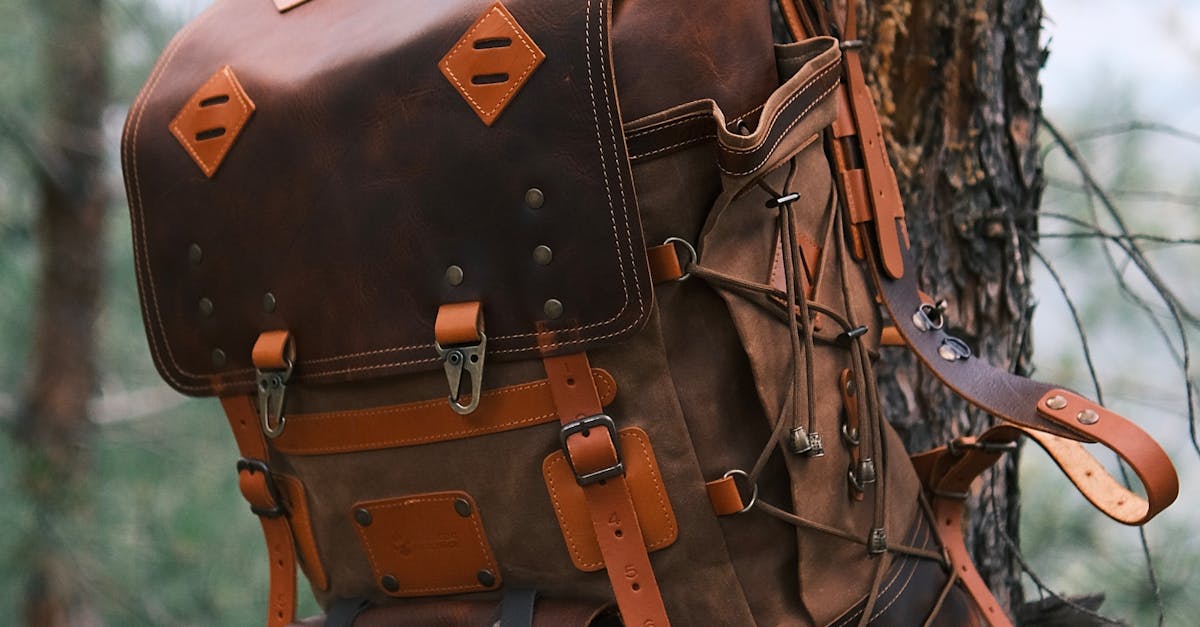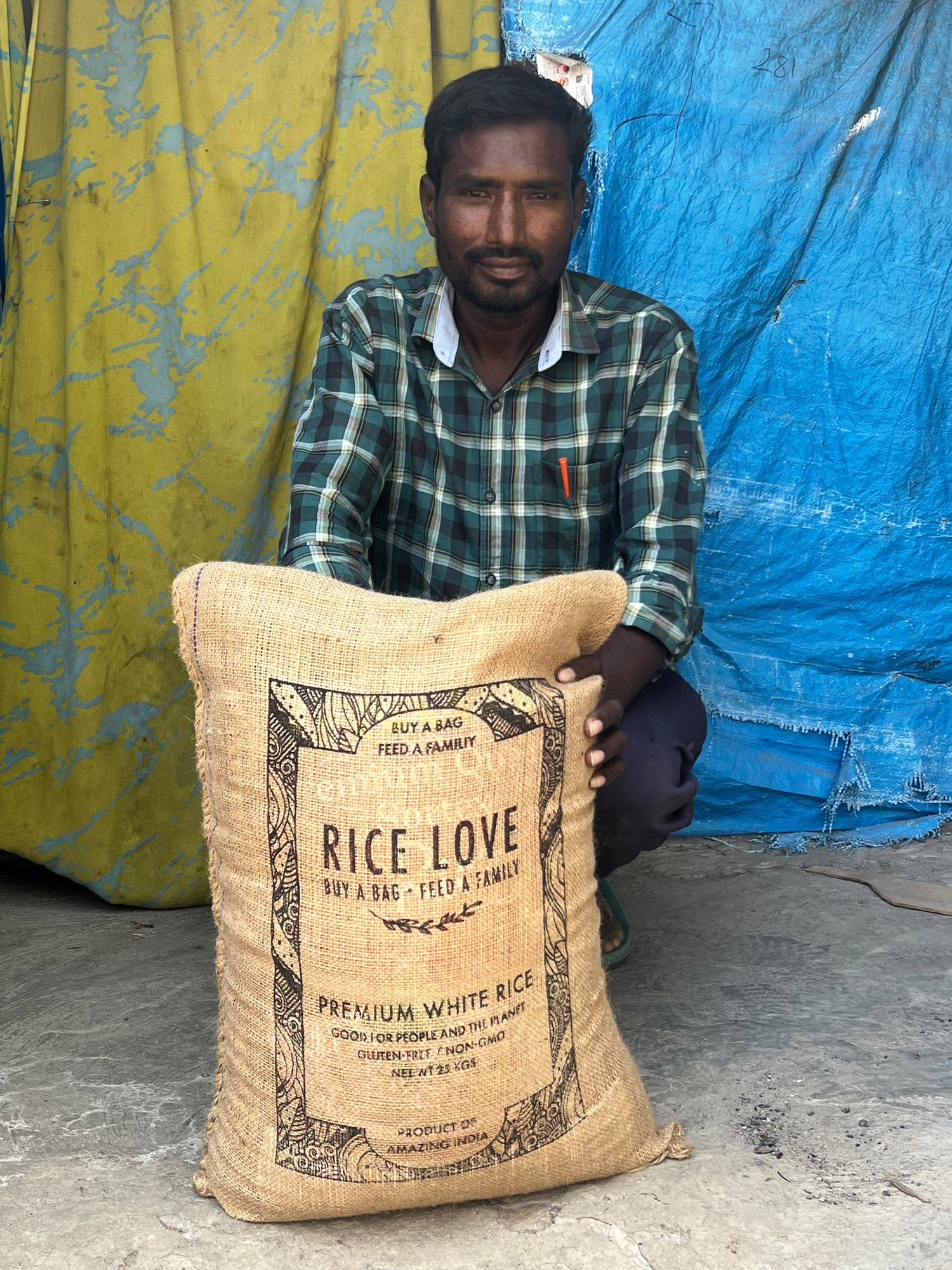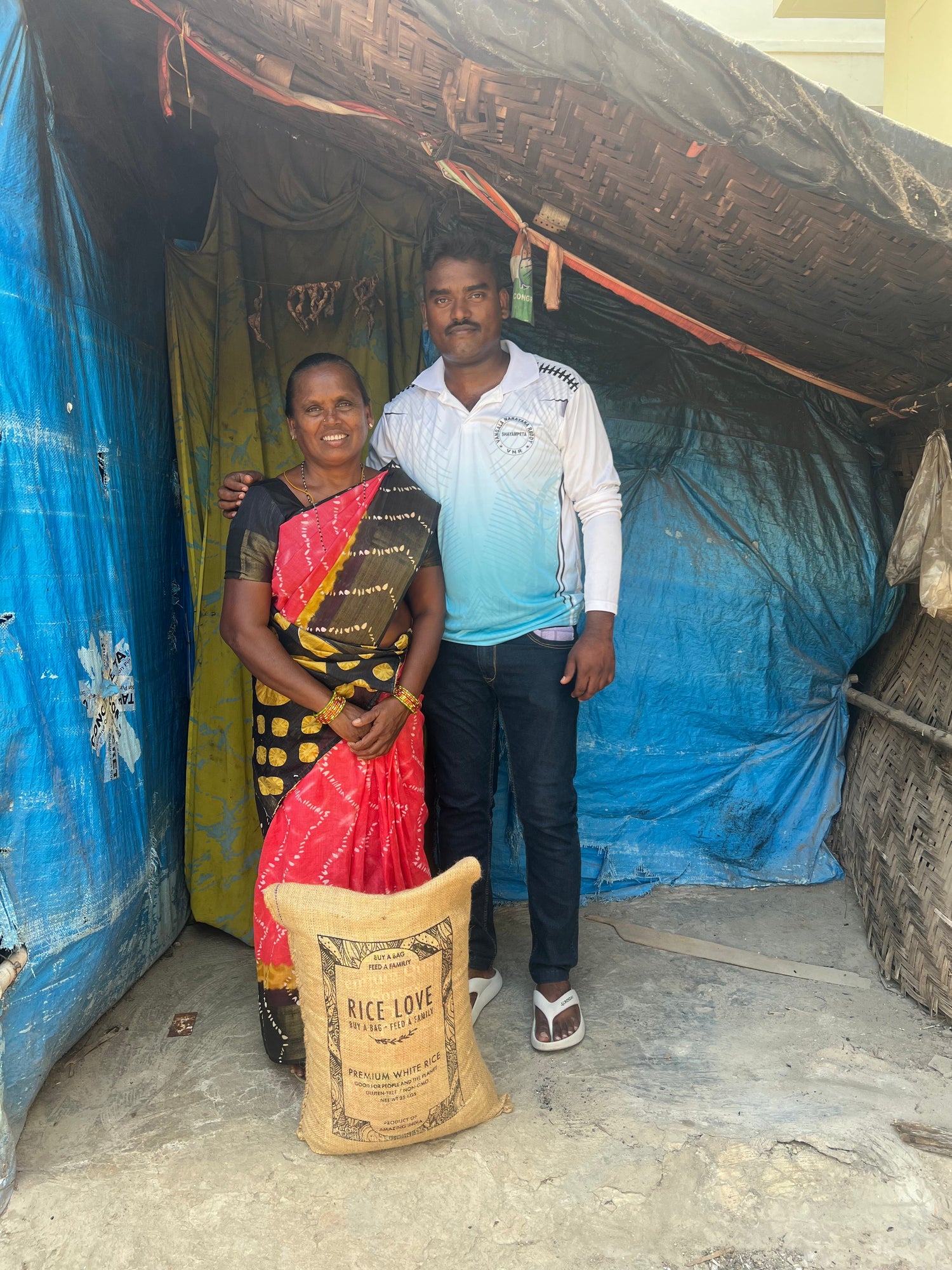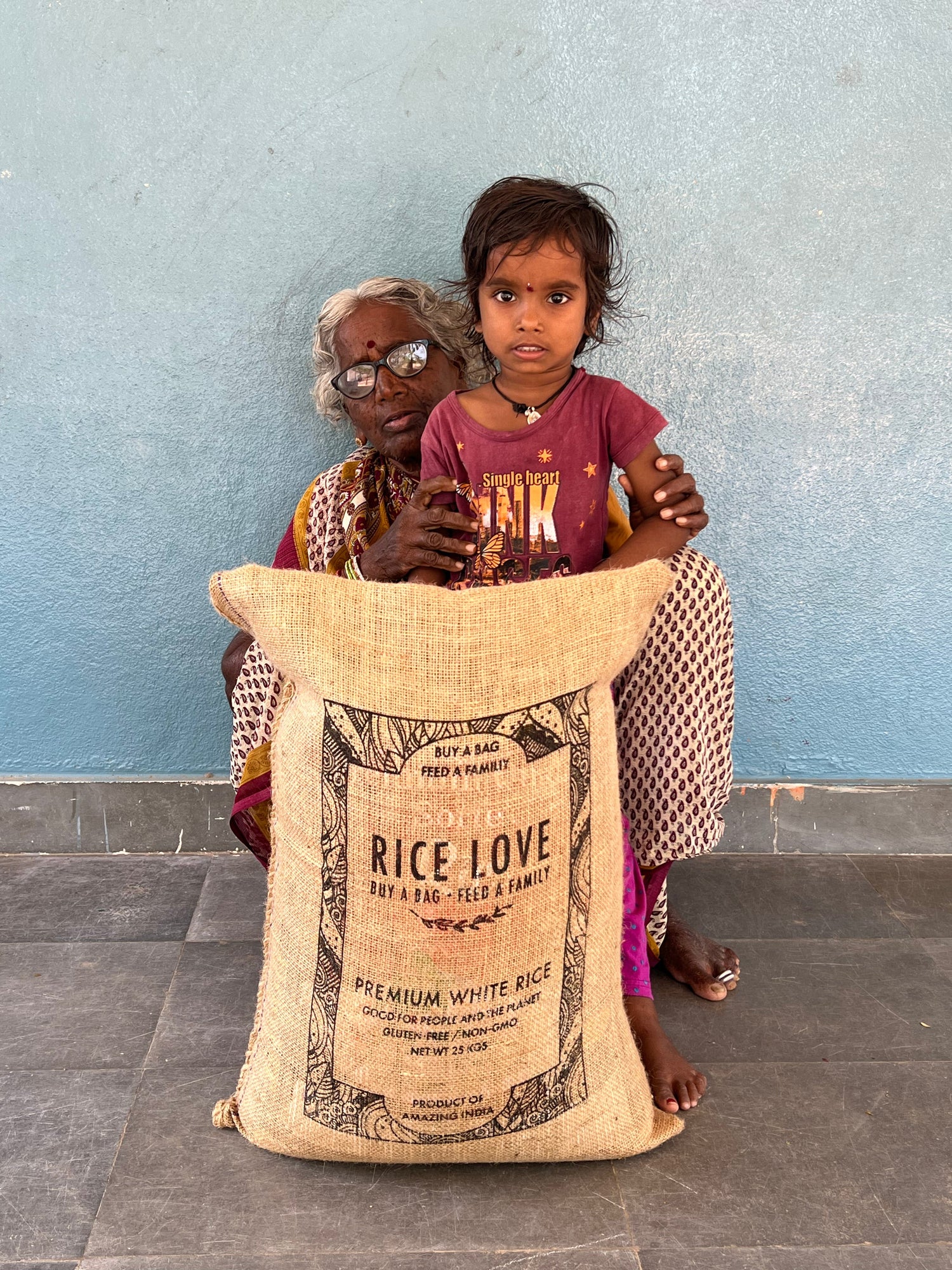There’s this moment on the road—somewhere between racing for a bus in Delhi and watching the sun rise over Lisbon rooftops—when you realize less really is more. Especially if what you carry isn’t just functional, but also tells a story, uplifts someone else, and says “I care” to this planet we all share. As someone who collects passport stamps and local snacks more than souvenirs, I’ve learned that traveling light and ethical is more than a trend—it’s a whole vibe. Let’s unpack how to choose the best sustainable mini backpack for all your wild, wonderful adventures, with a deep dive into practical tips, personal touches, and what really matters for an epic journey.
Why Mini Backpacks Are Everything When You Travel
I used to believe bigger bag = better prepared. But trust me, trying to drag a huge pack up tiny stairwells in Barcelona, or through crowded street markets in Bangkok, quickly taught me otherwise. Here’s why mini backpacks totally win out for travelers:
- Freedom to roam: You’re not weighed down, so spontaneous detours and quick sprints (hello, missed train) are possible.
- Minimalist magic: Smaller bags force you to prioritize. You’ll carry only what you love and actually need for the day.
- Safe and secure: It’s easy to keep close and in sight, making pickpocketing a non-issue in crowded cities.
- Fits anywhere: Plane seats, mopeds, hostel lockers—it tucks in perfectly.
What Does “Sustainable” Actually Mean In Backpack World?
It’s easy for brands to throw around eco-terms, but for us, being sustainable is about deeper, proven impact. Here’s how to spot a genuinely ethical mini backpack, not just a pretty one that talks the talk:
- Recycled or upcycled materials. Bonus if every piece is unique and keeps waste out of landfills—think upcycled rice bags and biodegradable jute, which are both waste-saving and beautifully authentic. That’s literally the DNA of every Mini Recycled Travel Backpack Delhi from Rice Love.
- Real people, real wages. Seek brands that guarantee no child labor, fair pay, and safe working environments. Just knowing your bag wasn’t made at someone else’s expense makes it a million times sweeter.
- Social impact you can trace. For example, with every Rice Love bag, you’re not just getting an accessory—you’re directly giving 2.2 lbs (1kg) of rice to a family that needs it, and every bag comes with a story tag showing you exactly who benefitted.
- Low-tox, low-waste construction. Look for evidence of nontoxic dyes and reduced packaging. The more raw and natural, the more you know your bag isn’t doing the environment dirty.
Your Sustainable Mini Backpack Checklist: Features You Can’t Compromise On
- Size that fits your life: Aim for 10–13 inch height. It’s Goldilocks level: enough room for a journal, water bottle, snacks, a sweater, and your small camera, but not so much that you’re lugging dead weight.
- Outer zipper pocket: For quick-grab essentials like lip balm, sanitizer, ticket stubs, and keys. No more rummaging while your bus is boarding!
- Adjustable padded straps: When you’re out all day, comfort can make or break you. Cheap straps cut your day short—I won’t make that mistake twice.
- Smooth zips + reinforced bottom: Street food, rocky paths, city grime—a solid base and trustworthy zip mean your stuff stays safe (and the bag survives).
- Fair trade/ethical production: This is core for me. I want something that feels as good as it looks, for me and everyone who made it.
How to Choose: 5 Steps for the Perfect Mini Backpack
- Define your style (and don’t apologize for it). Do you want prints that pop in Insta photos, or understated, classic shades? Each upcycled Rice Love mini backpack is one-of-a-kind, so it can totally match your personal aesthetic.
- Assess the size. Double check dimensions—too tiny is annoying, too big ruins the “mini” vibe. Rice Love minis are sized so you can fit day trip essentials without bulk.
- Audit your pockets. Look for at least one outer and one inner pocket. It makes passport and phone access a breeze, especially at crowded border crossings or farmer’s markets.
- Try it on. Adjustable padded straps are everything. I test how it feels with weight before committing—plus, the lighter, the better (aim for under 2kg fully packed!).
- Confirm the impact. Is there proof of ethical production and real-world giving? With Rice Love, each bag has a story tag that leads you to the exact family you helped. That’s the kind of receipt that matters.
What Actually Fits in a Mini Backpack—An Honest Breakdown
As someone who’s carried her life in a mini, here’s the real breakdown of what fits without bursting the seams:
- Smartphone with power bank (pro tip—always carry your own cord!)
- Mini wallet + cards + essential cash
- Reusable water bottle (500ml-750ml is the sweet spot)
- Travel-size hand sanitizer, lip balm, mini sunscreen
- Notebook or paperback
- Snack bar (or two, you never know when you’ll get lost!)
- Fold-up tote for impromptu shopping or groceries
One feature I love: Each Rice Love mini backpack is slightly different because of the fabrics, so it’s like my little talisman—mine and only mine. And knowing my bag’s story gives me the best travel conversation starter, wherever I wander.

Packing Pro Tips for Keeping It Light (But Ready for Anything)
- Choose multi-use items: Sarongs become beach blankets, scarves, picnic rugs, or emergency shawls.
- Roll your clothes instead of folding. You’ll seriously fit more!
- Travel-size everything: Decant your favorite shampoo and sunscreen into reusable bottles. No more bulky bottles.
- Keep a foldable tote inside for groceries, dirty shoes, or market finds (lightweight and barely takes any space).
- Clip-on accessories: Snap your sanitizer, mini flashlight, or keys to the outer loops for grab-and-go ease.
Why the Impact Matters (and How to Make Yours Count)
You can buy a cute bag anywhere. But a truly sustainable mini backpack supports jobs, families, and gives waste new life. I always check for:
- A transparent supply chain (who makes it? Are they paid fairly?)
- Materials that would have hit the landfill otherwise (bonus for creative reuse—Rice Love’s upcycled rice sacks mean every bag’s got history and heart)
- Tangible giving. Every purchase providing actual meals to families in crisis? Yes, please.

Care and Keeping: Making Your Mini Last
Sustainability doesn’t just mean buying right—it means keeping your bag going for the long haul. A few habits I swear by:
- Spot-clean often: A little TLC after spills or street food explosions extends your bag’s life.
- Air your bag after rain: Keep it fresh, especially in tropical humidity.
- Don’t overpack: It protects the seams and keeps the shape legit.
- Rotate with a tote: Some days need a backpack, others just a clutch or mini tote. Trust, your back (and your vibe) will thank you.
Stories That Travel With You
Everywhere I go, strangers ask about my backpack. And nothing feels better than saying, “Actually, the fabric was once a rice bag in India, and every bag buys a whole kilo of rice for a family who needs it. Here’s the family we helped last month.” It changes the conversation—from style, to story, to real impact that grows with every adventure.

Final Thoughts: Travel Light, Travel Right, Travel with Heart
Mini backpacks symbolize a new chapter of travel—unburdened, thoughtful, and genuinely global in spirit. We’re the generation that sees travel as activism, where every rupee, dollar, or euro we spend is a vote for the kind of world we want. So why not let your adventures feed your soul and another’s?
If you’re ready to explore with purpose, make your next trip even richer (in all the ways that matter). Browse the Mini Backpack Collection by Rice Love, and find one that’s as wild, bright, and kind as you are. Here’s to conscious journeys with maximum impact, minimal baggage, and stories worth sharing wherever you roam.





